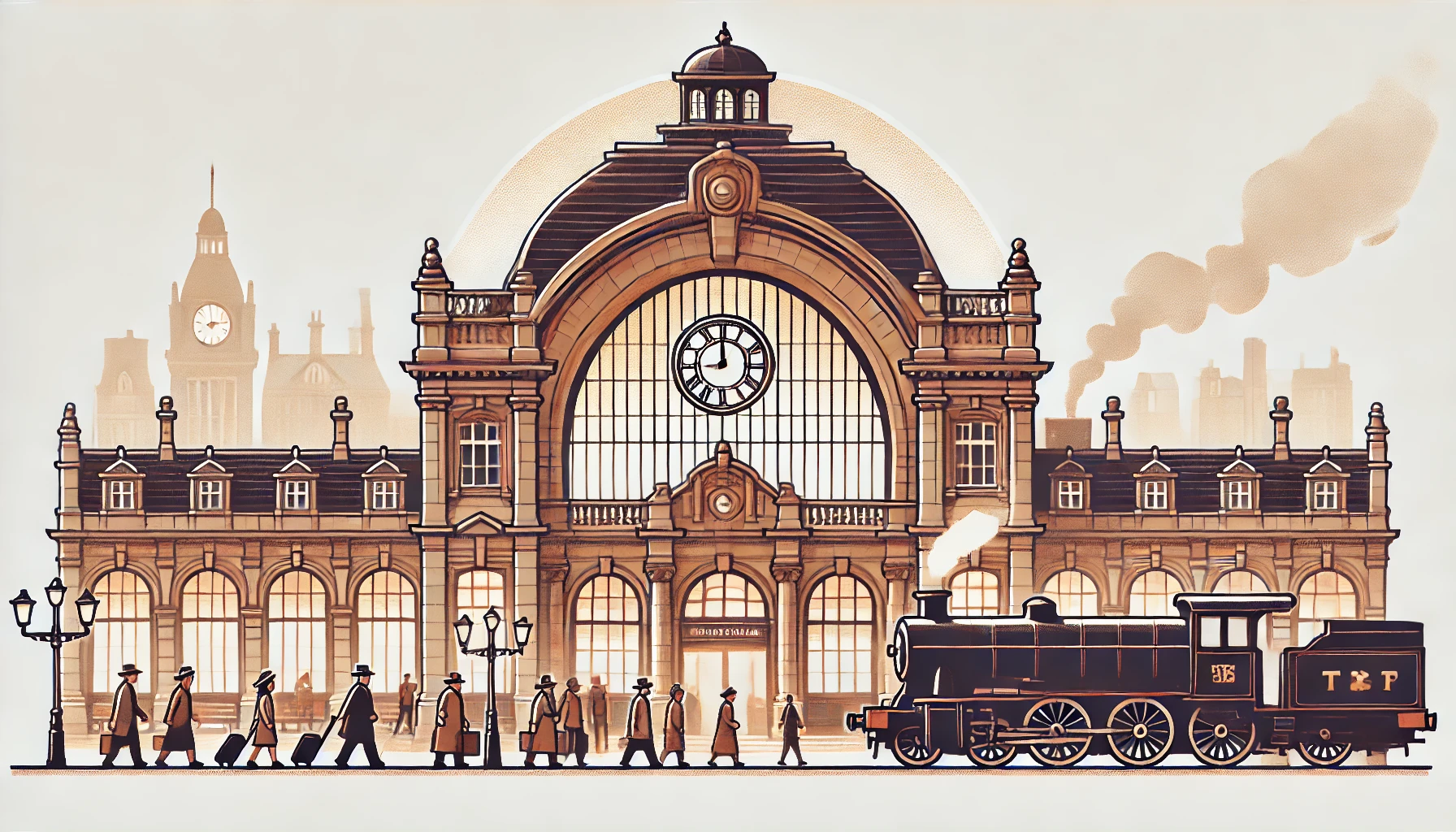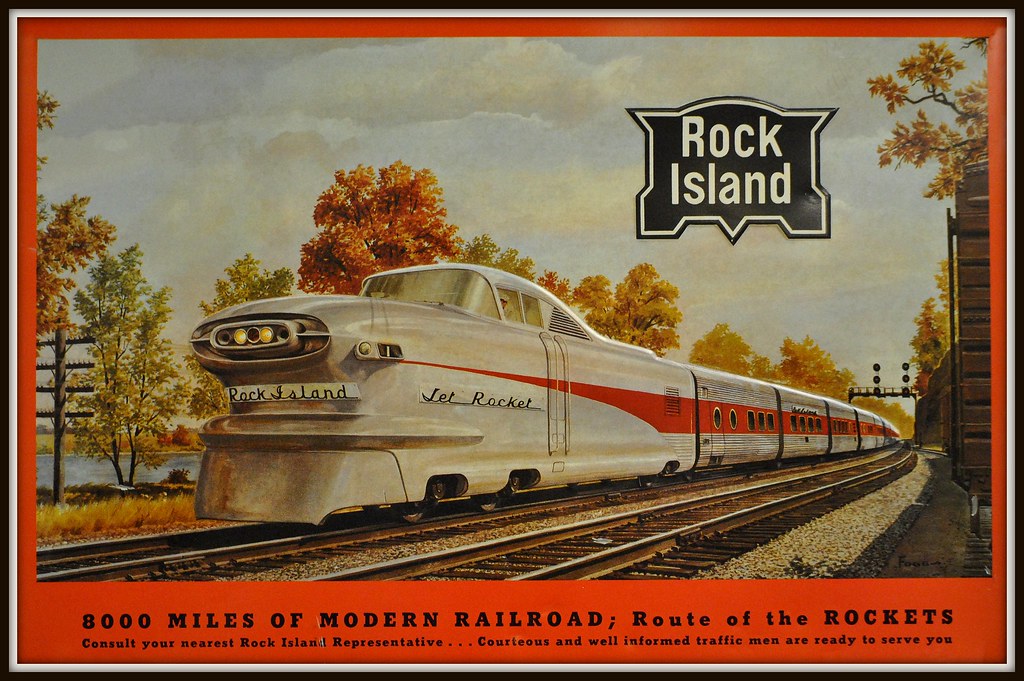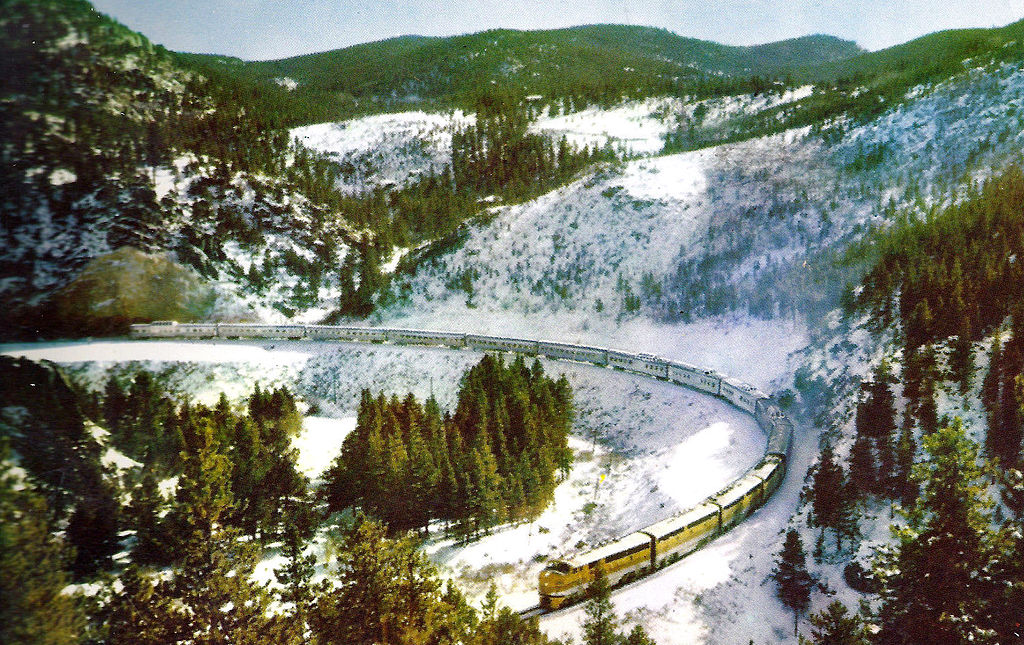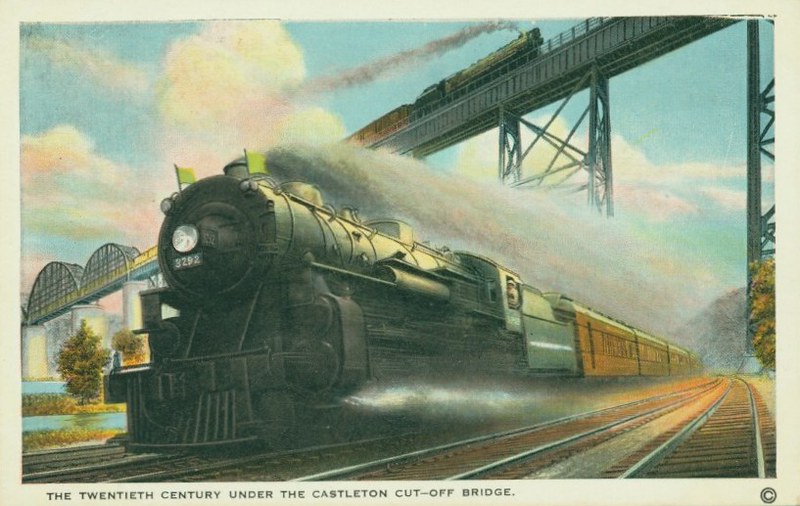Railroad depots were once the epicenters of American transportation, shaping the country’s economy and urban development. Many of these stations have been preserved and still function today as transit hubs, cultural landmarks, or repurposed attractions. Here’s a look at ten of the most historic railroad depots in the United States, their rich histories, and how they continue to serve the public.

Grand Central Terminal (New York, NY)
Opened in 1913, Grand Central Terminal remains one of the world’s most famous train stations. Designed by the architectural firms Reed & Stem and Warren & Wetmore, the Beaux-Arts-style terminal was constructed to replace the previous Grand Central Depot, which had become outdated and unable to accommodate growing rail traffic. Financed and spearheaded by the New York Central Railroad, construction took nearly a decade.
The station’s most iconic feature is its celestial ceiling, which depicts constellations in reverse order—a mistake that has been preserved for historical intrigue. Grand Central was originally a hub for the New York Central Railroad and the New York, New Haven & Hartford Railroad. Today, it serves as a vital commuter rail station for Metro-North Railroad. The terminal sees thousands of trains daily, including service on the Hudson, Harlem, and New Haven Lines, with departures as frequently as every 20 minutes during peak hours.

Union Station (Washington, D.C.)
Washington D.C.’s Union Station opened in 1907, designed by famed architect Daniel Burnham in the Beaux-Arts style. It was commissioned by the Pennsylvania Railroad and the Baltimore & Ohio Railroad to consolidate multiple stations into a single, grand terminal worthy of the nation’s capital. It took six years to build, with an ornate marble interior, high-vaulted ceilings, and sculptures inspired by Roman and Greek architecture.
During its peak, Union Station handled over 200,000 passengers daily. Today, it remains a major transit hub, serving Amtrak’s Northeast Corridor, MARC commuter trains, and Virginia Railway Express (VRE). Amtrak’s Acela Express and Northeast Regional operate nearly hourly from the station, continuing its legacy as one of the most important train stations in the country.

Chicago Union Station (Chicago, IL)
Chicago Union Station opened in 1925 after nearly a decade of construction. It was designed by Daniel Burnham’s firm Graham, Anderson, Probst & White in the Neoclassical style, featuring a grand colonnade, the magnificent Great Hall, and elegant stonework. It was built by the Pennsylvania Railroad in collaboration with multiple rail companies to unify Chicago’s rail network.
Originally, it served the Pennsylvania Railroad, Milwaukee Road, Burlington Route, and the Gulf, Mobile & Ohio Railroad. Today, Amtrak and Metra use the station. Major Amtrak routes like the Empire Builder, California Zephyr, and Southwest Chief all depart from here. Commuter trains on the Metra network also operate frequently, making Union Station one of the busiest passenger terminals in the United States.

Los Angeles Union Station (Los Angeles, CA)
Los Angeles Union Station, opened in 1939, is the largest railway passenger terminal in the western United States. It was designed by John and Donald Parkinson in a unique combination of Spanish Colonial, Mission Revival, and Art Deco architectural styles. Built by the Southern Pacific, Santa Fe, and Union Pacific Railroads, it was intended to unify L.A.’s various train stations into one central hub.
The station took five years to construct and is adorned with hand-painted tiles, intricate woodwork, and decorative ceilings. It remains fully operational, serving Amtrak’s Pacific Surfliner, Metrolink commuter trains, and Los Angeles Metro rail lines. Amtrak trains arrive almost hourly, and Metrolink provides regular commuter service throughout Southern California.

St. Louis Union Station (St. Louis, MO)
Once the busiest train station in the world, St. Louis Union Station opened in 1894, designed by architect Theodore Link in the Romanesque Revival style. Funded primarily by the Terminal Railroad Association, it was constructed to accommodate the city’s booming rail traffic. The station’s elaborate Grand Hall features stained-glass windows, a gold-leafed ceiling, and an opulent interior.
St. Louis Union Station was originally served by the Missouri Pacific, Wabash Railroad, and Frisco Railway. However, passenger services relocated, and the station is now a thriving entertainment complex featuring a hotel, aquarium, and restaurants.

Cincinnati Union Terminal (Cincinnati, OH)
Built in 1933, Cincinnati Union Terminal is one of the finest examples of Art Deco architecture in the United States. Designed by the firm Fellheimer & Wagner, it was constructed in just two years. Its massive half-dome entrance, mosaics, and streamlined interior were inspired by the Machine Age aesthetic.
Originally serving the Baltimore & Ohio, Southern Railway, and New York Central, the terminal is now home to the Cincinnati Museum Center. Amtrak still operates its Cardinal route here, with service three times a week.

Denver Union Station (Denver, CO)
Denver Union Station, first built in 1881 and reconstructed in 1914 after a fire, is a grand Beaux-Arts building designed by Denver architect Gilbert Stanley Underwood. It was commissioned by the Denver & Rio Grande Western Railroad and other rail companies to serve the growing Western rail network.
Today, the station has been revitalized as a luxury hotel, shopping district, and transit hub. It serves Amtrak’s California Zephyr, which departs daily, and Denver’s RTD commuter rail to Denver International Airport.

Kansas City Union Station (Kansas City, MO)
Kansas City Union Station, opened in 1914, was designed by Jarvis Hunt in the Beaux-Arts style. It was built to handle the city’s immense rail traffic and took five years to complete. At its peak, the station served over 600,000 passengers annually.
Originally home to the Missouri Pacific, Kansas City Southern, and Rock Island Railroads, it now houses museums, theaters, and a planetarium. Amtrak still operates the Southwest Chief here, with daily departures.

Seattle King Street Station (Seattle, WA)
Seattle’s King Street Station, completed in 1906, was designed by Charles A. Reed in the Italian Renaissance Revival style, modeled after Venice’s Campanile di San Marco. It was constructed to consolidate passenger services for the Great Northern and Northern Pacific Railroads.
Today, Amtrak operates long-distance routes like the Empire Builder and Coast Starlight from the station, alongside Sounder commuter rail services.

New Orleans Union Passenger Terminal (New Orleans, LA)
Built in 1954, New Orleans Union Passenger Terminal replaced several smaller stations to consolidate rail traffic. Designed in the Mid-Century Modern style by Wogan & Bernard, the terminal features large murals depicting Louisiana history.
Originally serving the Southern Railway, Illinois Central, and Louisville & Nashville Railroad, it remains an active Amtrak hub for the City of New Orleans, Crescent, and Sunset Limited routes, all of which operate daily.
Conclusion
These historic railroad depots stand as testaments to America’s railway heritage, blending stunning architecture with ongoing transportation needs. Whether you’re traveling by train or simply exploring their grand halls, each station offers a unique glimpse into the past and present of U.S. rail travel. 🚂




